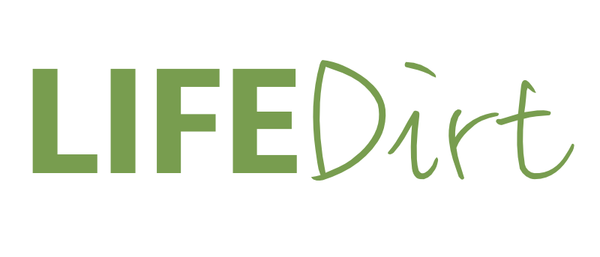Well, here we are. I used to blog when I was travelling in Asia during and immediately after college. There were new experiences to share with my family and friends back home. But now, I’m just… working! And yet, I know that there are many aspects of what we do at LifeDirt that might be interesting to some of you, and things that people (just like myself) would like to learn more about. This blog gives me the opportunity to start learning more and sharing what I learn in the process!
But maybe I’ll start with a story about the why of LifeDirt.
My name is Miriam. I have lived mostly in cities my whole life, in many parts of the world. Some considered megacities, some closer to the size of Saint John. I studied Urban Leadership in graduate school, and learned about community development in urban multicultural environments. When I moved to New Brunswick, I lived in the South End of Saint John for about 6 years. While I was there, I enjoyed many aspects of city living: public transportation, things within walking distance, lots of opportunities for community and learning, diversity, good food…
And then COVID-19 arrived on our shores, and I, like many of you, was laid off for- well, we thought it would be two weeks. It ended up being 6 months.
I was a person who had always been very busy. I have a tendency to try to take on the hurt of the world, and had piled up responsibility on top of responsibility in addition to full-time work in the social sector. I have to admit: being forced to stop everything was both a relief and an eye-opener. I started to see what I had built my identity on.
I started to read poetry and paint again. And I started to go outside.
I had recently gotten a puppy, and so I spent a lot of my free time outside with her. Tin Can Beach, Rockwood Park, Saint’s Rest Beach, Hammond River, Kingston Peninsula, St. Martin’s, Sackville.
Just prior to the pandemic hitting, I had started talking with my friend about the “greening” of urban areas. I learned about groups like Food Not Lawns and the Green Churches network, and began having visions of grass growing through paved sidewalks and food forests being planted in decrepit parking lots.
I read about the psychological benefits of connection with nature, and started noticing my spirituality changing as I spent more time outside without a goal or schedule. I remembered the land that Tatum cares for through Bear Roots Forest, and my friend and I started spending time with her, planting and weeding and foraging. And just hanging out chatting about muppets.
In the past several years I had received a lot of value from counselling therapy. Yet, I started finding that being out in nature was therapeutic as well, in a more gradual and permeating way. (Since then I have had the opportunity to both spend more time outside AND get counselling, which I highly recommend if you have the chance. The enduring effects of the Coronavirus on our society, our relationships and us as individuals have taken their toll on each of us differently. And there are things about this life that we cannot deal with alone.)
Writers were telling me what I was experiencing was true for the larger collective: that connection with nature brings us back to a fundamental part of what it means to be human. It can connect us to our spiritual source, bring us into relationship with the other beings around us, gather us together as humans, and help us quiet our minds and listen to the wisdom of our bodies. Ancient traditions around the world tell us that connecting to the elements through what we eat has a huge influence on our mental well-being. And food has always been at the centre of community life.
Food can help restore us to wholeness by connecting us to the earth, to each other, and maybe back to the lost parts of ourselves.
But… coming back to the city life, we see most food is processed and packaged. Far away in time and space from where it was originally grown. Unrecognizable even as food. And the most easily accessible seems to be the least healthy and least food-like.
I think you can see where this is headed. As I was thinking and talking about what I wanted to do “next,” possible business startups and community building in our North American urban context, the idea formed of helping people experience that connection to nature through the simple medium of fresh, local food. It was absolutely nothing new or revelatory, but somehow still missing.
LifeDirt Foods was conceived.

